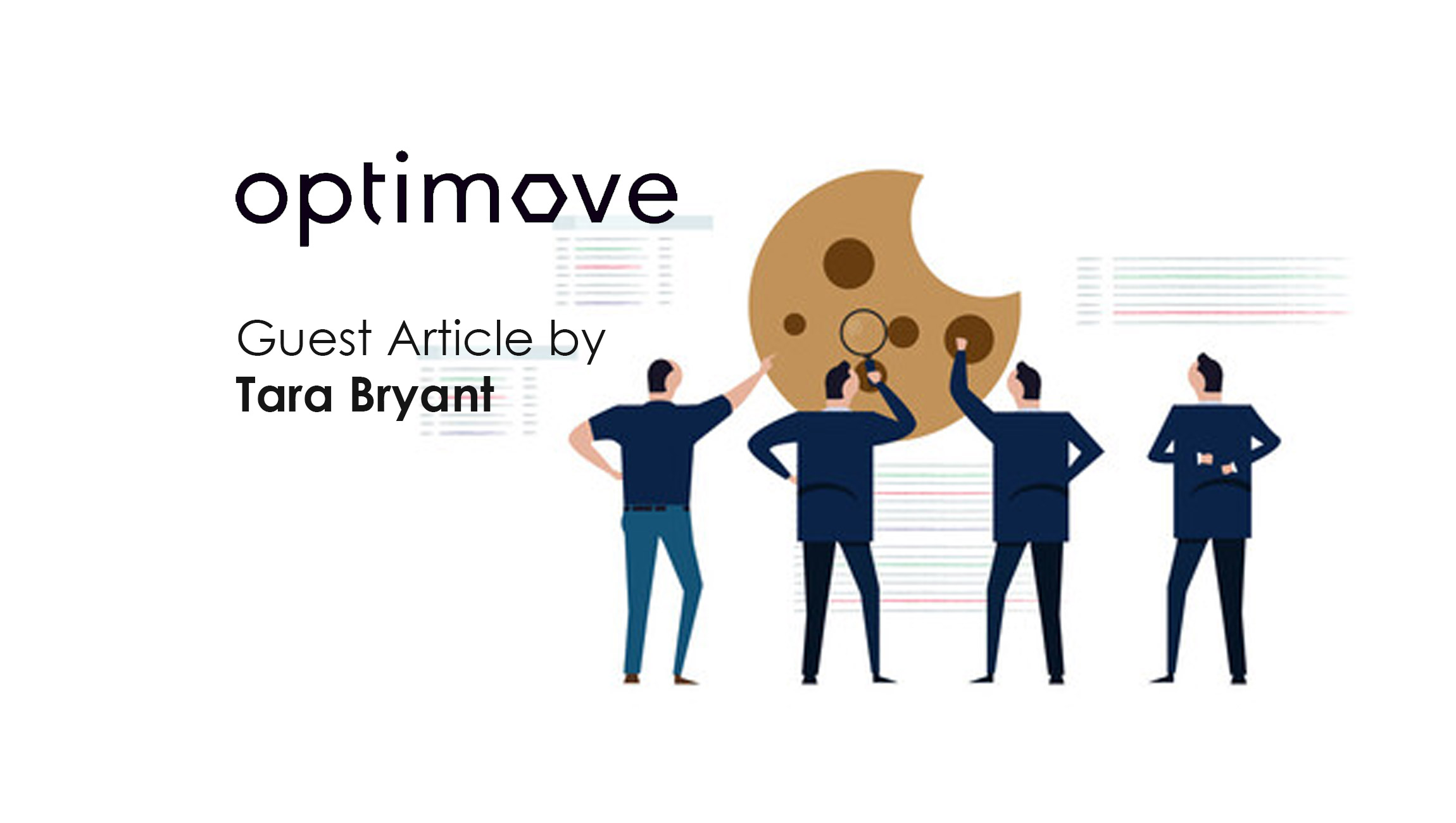With Black Friday and Cyber Monday, we were off to the races with another holiday shopping season. For today’s advertisers, it has already shaped up to be even more interesting – and hard to navigate – than we thought just a few months ago. While we saw many brands beginning their discounting and holiday deal offerings far earlier this year than in previous years (looking at you September!), consumers still showed up in big ways during the late November shopping events.
Data from Adobe Analytics showed Black Friday saw a record breaking $9.12 billion in online sales. Not only are consumers still showing up in droves to make purchases for the holidays in digital spaces, their concerns over inflation and a looming recession have not kept them from taking advantage of sales and deals for the holidays.
It boils down to a simple reality: gift giving during the holidays will never go out of style. We may see consumers spend less in certain areas or pull back on larger ticket items, but spending will not stop entirely. Advertising success comes from understanding what your audiences are looking for and showing up for them where they are, with what they want.
2022 was, without a doubt, a tough year for advertisers, even in comparison to the previous pandemic years. Challenged with trying to predict consumer behavior and maintain confidence in the face of economic uncertainty that we have not experienced in years, trying to understand the right moves to make and when has proven difficult for many. We have seen ad spend slowly, but surely, declining overall and many brands reigned in some of their more extravagant campaigns during 2022. Insider Intelligence recently cut its 2022 ad spend forecast by 6%. That puts ad spend 8.6% over 2021 when the previous forecast noted an expected growth of 15.6%.
Marketing Technology News: MarTech Interview With Don White, CEO and Co-founder at Satisfi Labs
What this means for advertisers is putting more focus on where their ad dollars should be going as they pull back on budgets and pause campaigns, in order to maximize spend and reach. Coming out of the November holiday shopping events, advertising on social media is proving to be a cost effective avenue for advertisers to do this. Between brand caution with ad budgets and the iOS14 induced reallocation of budget and channel mix, we were already seeing a steady decline in CPM levels on social media throughout this year. Compared to prior years, this resulted in a lower CPM for advertising on social media during this year’s Black Friday and Cyber Monday.
Global CPM during Black Friday was over 15% lower than last year, with Cyber Monday coming in at more than 16% lower than last year. When looking specifically at the US, CPM came in just a few percentage points lower, but we saw a huge gap from 2021 in Europe. CPM in the region was well over 20% lower for 2022.
This alone isn’t necessarily surprising, given that the economic downturn has been driving lower CPM levels all year. However, the lower levels we saw during Black Friday and Cyber Monday came with ad spend remaining the same as it was in 2021. While always-on campaigns have been slashed, it seems that social ad budgets for the holiday season have largely remained the same.
It makes sense – lower CPM levels have made this holiday season the perfect time to focus on social media advertising given advertisers can spend less and still reach more. As the economic climate continues to be unpredictable, there is no telling how long this will last, and companies are taking notice. Anecdotally, we heard from Smartly.io customers who made last minute moves to social from other channels, as costs remained at record lows for many, especially European companies with advanced creative strategies, and tried and tested campaign setups for the privacy-first environment.
Marketing Technology News: Why Does Document Metadata Matter?
While Black Friday and Cyber Monday continue to be dominated by retail and ecommerce companies, this year we saw a sizable spending spike in the travel industry. Something that, due to the pandemic, we haven’t seen for some time. In an auction based pricing model, operating with supply and demand, it’s good to keep in mind that pre-pandemic travel was one of the biggest industries to advertise on social media. Particularly as business travel becomes more common again, we’re seeing a major resurgence in blended travel – going somewhere for business, then extending your stay for a personal vacation afterwards. It’s not a new concept, but one that advertisers are watching as travel’s popularity rises further heading into 2023.
All of this makes social advertising an interesting challenge and opportunity for advertisers during the rest of the 2022 holiday shopping season. Personalization, while not new, is more important than ever and to get it right, it requires even more effort from advertisers. Online ads need to be more about the brand story and thoughtfully aim to appeal to specific audiences across varying channels. Advertising smartly will require constant adaptation as brands are navigating across all variables and as we make our way into 2023 to face even more new environments and preferences.











